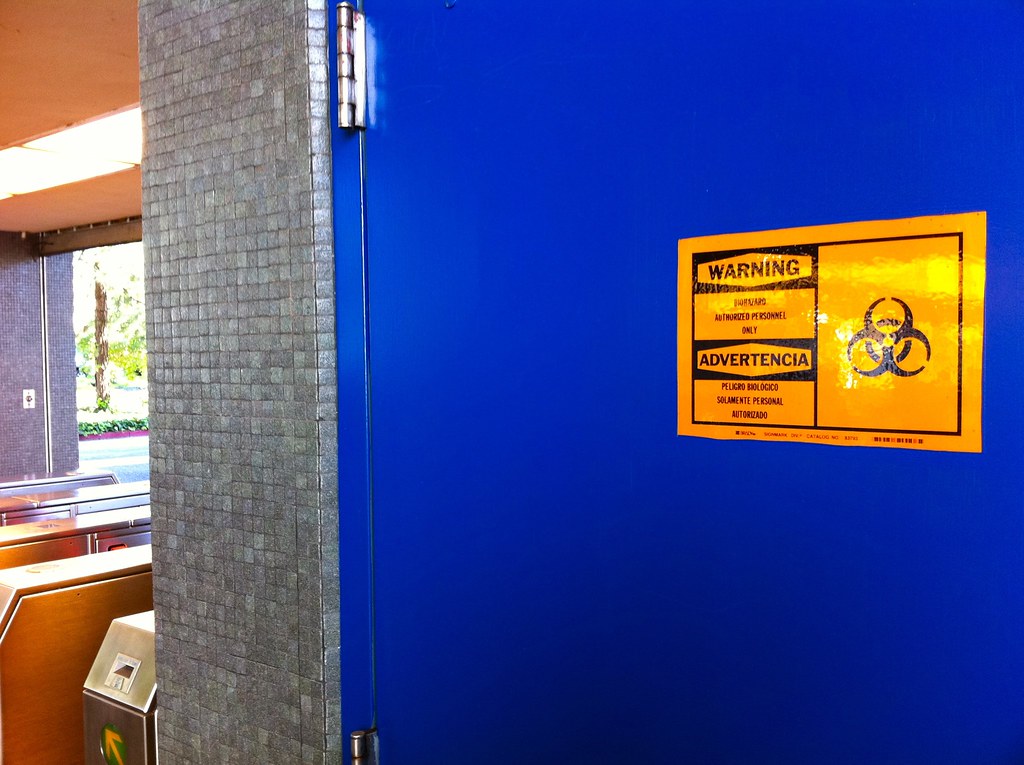There is no specific explanation when it comes to defining sustainable gardening. The idea of sustainable gardening is finding ways to minimize the human impact on the earth. Some gardening practices you can implement at home to improve the environment are avoiding harmful chemicals in pest control and fertilizer, reducing waste as much as possible and protecting or maintaining natural resources.

If you intend to shift to sustainable gardening, it is best to begin small. Something simple such as using chemical-free weed-killing methods will always help the environment. These small acts, when amassed, end up making massive changes. Therefore, you do not require huge shifts immediately, especially if you cannot do so at once. Small efforts lead to significant changes eventually.
So, the big question is, how can you create an eco-friendly yard that will contribute to a healthier and happier planet? Here are a few ideas.
Go Organic
The use of less chemicals in your yard is cost-effective and ecologically sound. Going Organic is integral to sustainable gardening and critical for family homes. You can begin from the ground by creating good nutrient-rich soil and adding natural compost to improve the soil. You can always treat the yard with organic solutions if you find plant diseases or insect pests.
Avoid Use of Chemicals
Before you add any chemicals to your yard, ensure you have taken samples of the soil for testing. If soil requires nutrients, then opt for organic materials or compost to amend your lawn soil. When you chop your grass ensure you collect it for decomposing which you can use to add nutrients into the yard. When your soil is healthy, your grass will be healthy too.
Avoid overfertilizing your yard with phosphorus and nitrogen chemicals since they add to polluting the environment, especially water sources. If you have to use nitrogen-base fertilizer, apply it in small portions since it can burn your yard when in excess. Add fertilizer during spring and fall since the temperatures during these seasons allow the grass to benefit. Quick-release fertilizer should be applied in fall since the grass retains its nutrients for spring.
Plant by Season
You need to plant grass seeds intensively by season for an effective, sustainable landscape. Understanding cool and warm season grasses is crucial to keep up with a sustainable lifestyle. Cool-season grasses are usually planted in early fall or late summer when temperatures are yet to be below freezing point. Warm-season grasses are best planted during spring. Your lawn will remain healthy all year round, and maintenance is easy since you have the right plant to withstand the weather.
Your trusted lawn care professionals can always assist you to handle and maintain your lawn during various seasons. Most lawn care professionals will always have effective local lawn care solutions for different weather conditions that will ensure your lawn remains beautiful. Take your time to find lawn care sustainable solutions from service providers who can assist you with your eco-friendly yard.
Plant Natives
If you intend to have a sustainable yard, it means you understand the kind of plant you need. Most sustainable plants are those indigenous to the place. These indigenous plants are known as natives, requiring less water and less work to thrive. Natives are naturally suited to fit your soil type, rainfall and climate; hence they grow better than perennials. Species from native plants will provide shelter and food for native birds and insects, enhancing the ecosystem.
Water Less
Sustainability involves the responsible use of water and conserving water, especially in areas where water is restricted and scarce. Xeriscaping is a method that allows for minimum effort and less watering since the plants involved are drought-resistant perennials and shrubs. You can use the xeriscaping method to enhance your sustainability efforts. You can install rain barrels to collect Mother Nature’s water from the base of your downspouts to use on the plants.
Mulch the Landscape
When you mulch your landscape, you enable the soil to hold moisture, improve soil content and texture, reduce thatching and diseases, and weeds will not spring up. If your area has water restrictions, you must add a 2-3 inch layer of mulch around your landscape. You can use mulching options such as pine needles, coir, shredded bark, grass clippings and cocoa bean exteriors.
Start Composting
Composting your green waste is an excellent way to partake in sustainable landscaping practices. You can collect dried leaves, deadheaded flowers, grass clippings and more and turn these into nutrient-rich fertilizer. You can create a compost pile for sustainable fertilizer in your yard. You can always check if your heap is ready by ensuring it has a deep brown color, has broken down into tiny soil-like particles and is cool to the touch. Once all the natural process of decomposing has occurred, you can use the fertilizer to enrich the soil.
Mow using a Manual or Electric Mower
Avoiding gas-powered lawnmowers lower your carbon footprint since you are not polluting the air. Manual or electric equipment eliminates the emission of pollutants into the air, especially if you mow weekly during spring. You can always pick the right lawn care equipment, such as electric blowers, trimmers and mowers.
Conclusion
Improving sustainability and boosting your green badges is something most people want to do despite their lifestyle. Most people ask themselves what they can do to contribute to living green, and the landscape is always an excellent place to begin.
Your yard has natural materials for lawn care; therefore, you can make the most of it and go green. You can always find assistance from lawn care experts to assist you with your landscape to ensure you get the results you need for a sustainable garden. Be sure to discuss your concerns and needs once you choose professionals to care for your yard.
Sustainable living is possible, and you can transform your lawn with the right garden design and the highlighted tips for guidance. Remember, all you need to do is to begin small.



